Aussie Backyard Bird Count: Local Residents To Take Part In “Citizen Science” Project.
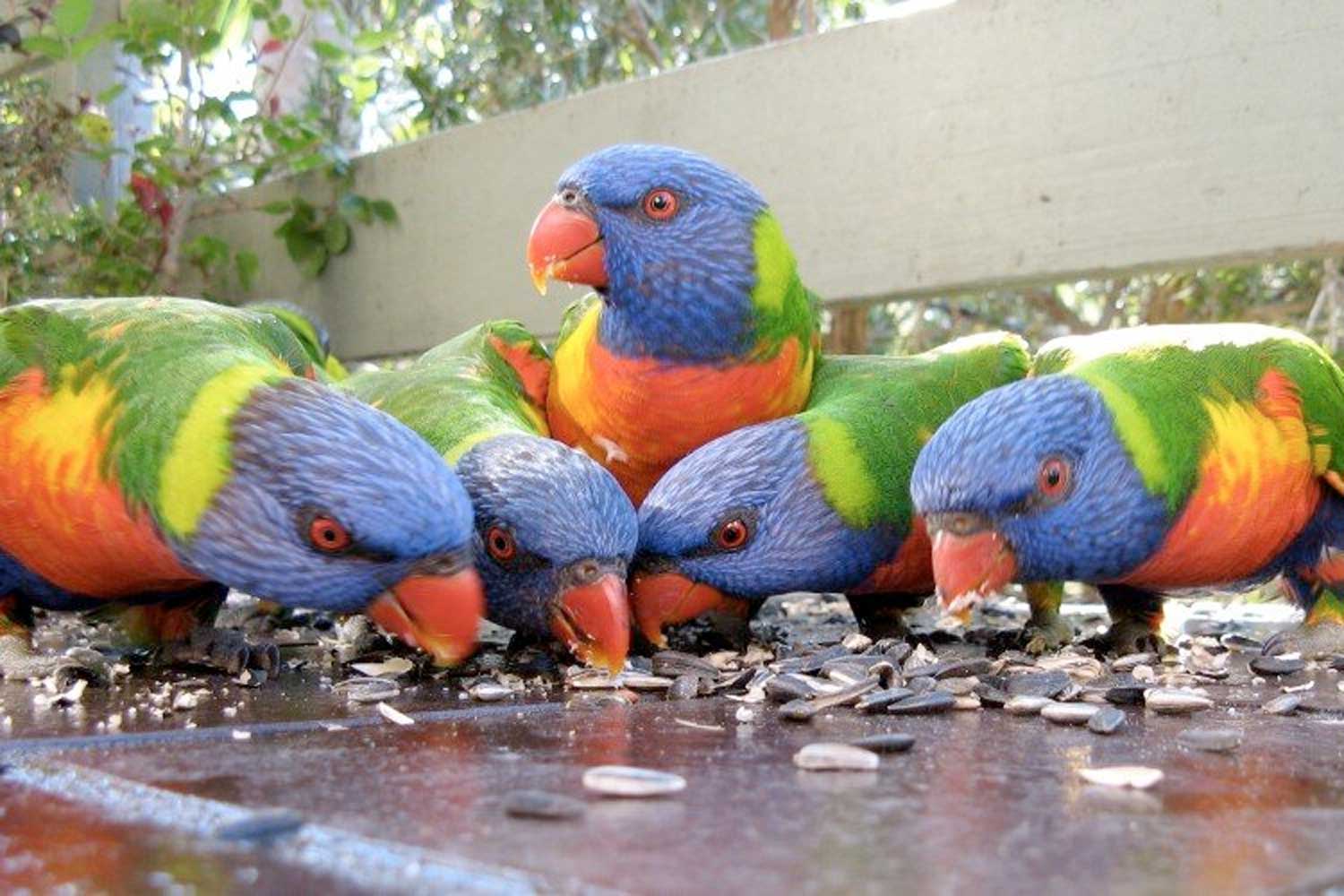
Bird watching has surged in popularity during the pandemic – and this week we’re being asked to put our new skills to good use, in the 2020 Aussie Backyard Bird Count.
With the aim of counting three million birds in 7 days, BirdLife Australia wants local residents to head outside and observe native birds on Sydney’s lower north shore.
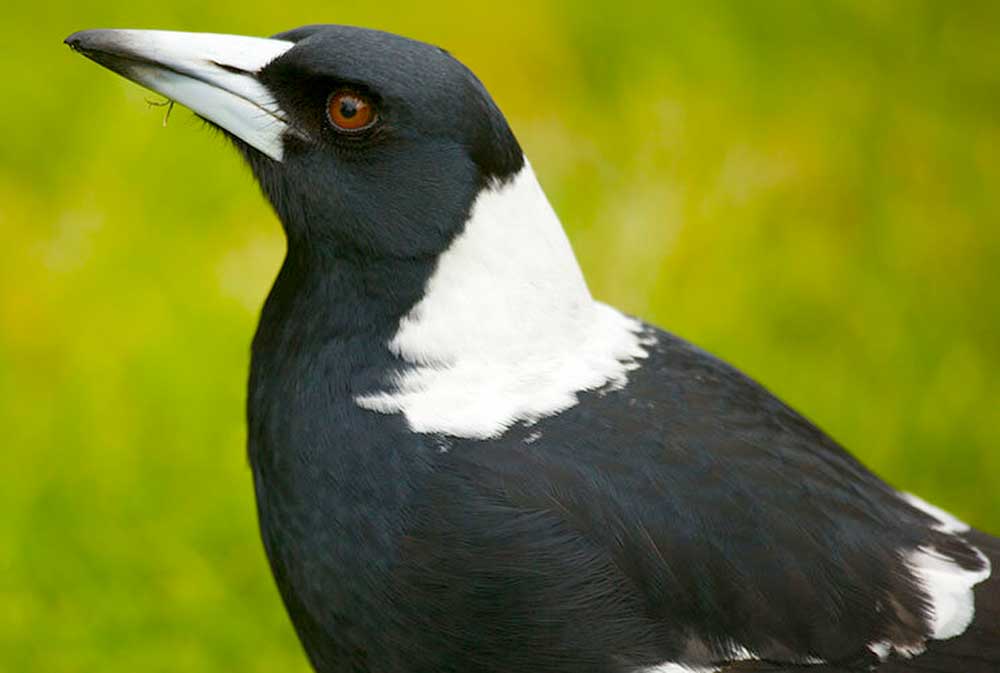
The data collected during this popular ‘citizen science’ project helps BirdLife Australia assess how birds are surviving in urban areas and reveal which suburb is home to the largest number of bird species.
“In order to get the best picture of what’s happening with Australian birds, we need to get everyone engaged in the Aussie Backyard Bird Count,” BirdLife Australia’s Chief Bird Nerd, Sean Dooley said.
“It’s up to Australians of all ages and backgrounds to help count as many birds as we can during National Bird Week and find out what types of birds are living in our backyards and local parks.”
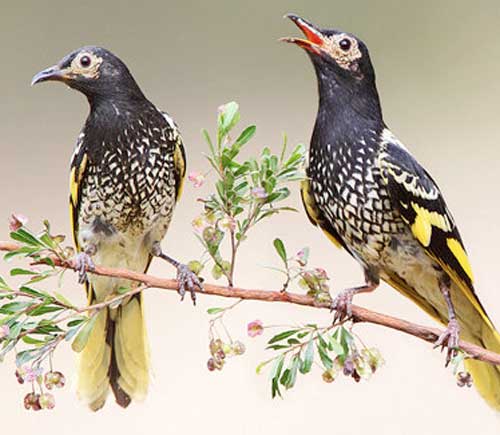
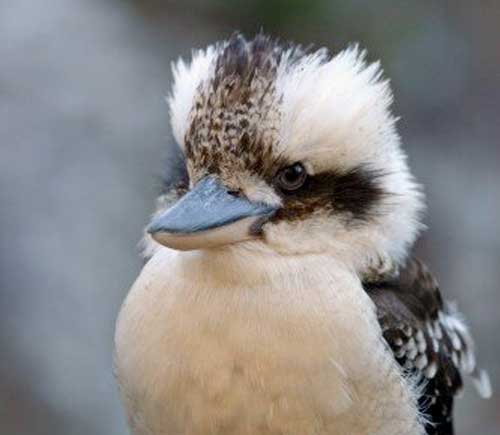
Participation is easy.
The #AussieBirdCount is a great way to connect with birds in your own little part of the world – no matter where it happens to be; a suburban backyard, local park, an apartment balcony, by the beach, or even the main street of Mosman.

Bird watchers simply spend 20 minutes standing or sitting in one spot and noting down the birds observed.
You will need to count the number of each species you spot within the 20 minute period.
For example, you might see four Australian Magpies, two Rainbow Lorikeets and a Sulphur-Crested Cockatoo.
If you can identify birds by their calls, please include these in your count, but if you aren’t sure of a bird without seeing it, please exclude it rather than making a guess (or find out more here).
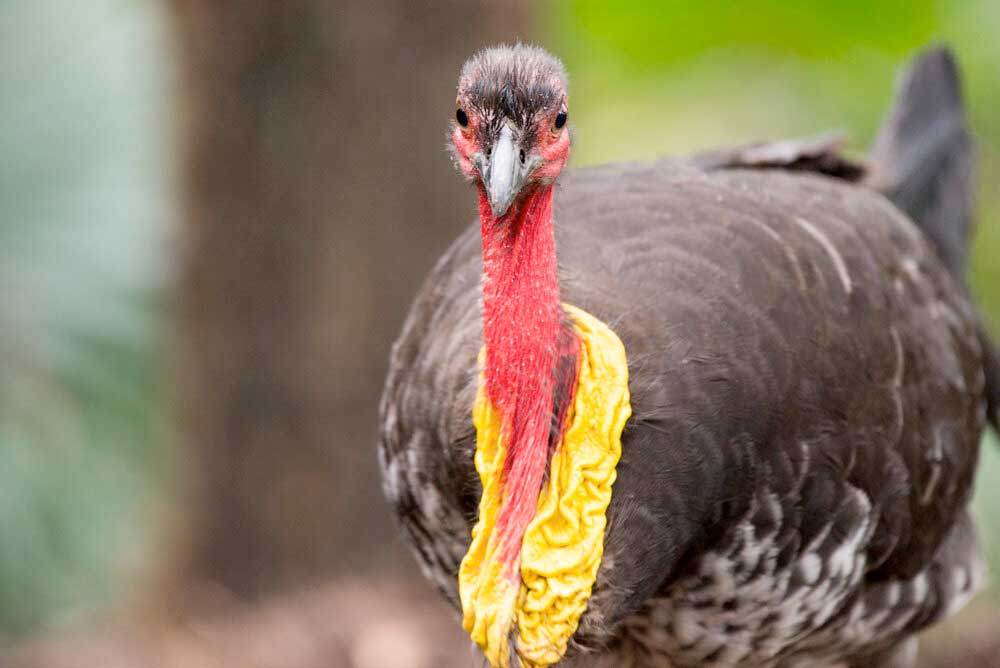
People can download the Aussie Bird Count app (which also has a bird identification function) to record what they see, which also helps expert ornithologists better understand how our feathered friends are faring – invaluable data after the summer bushfires killed or affected an estimated 180 million birds.
“You can’t protect something if you don’t know it’s endangered. We’re relying on citizen science,” Mr. Dooley said.
In 2018 Rainbow Lorikeets were the most commonly sighted birds across the country.
“You can count at any time of the day but morning is best because the birds have just woken up and are more active,” Mr. Dooley said.
Get The Latest News!
Don’t miss our top stories delivered FREE each Friday.










